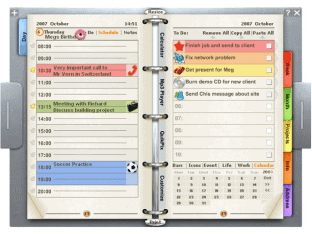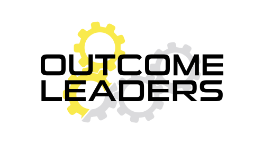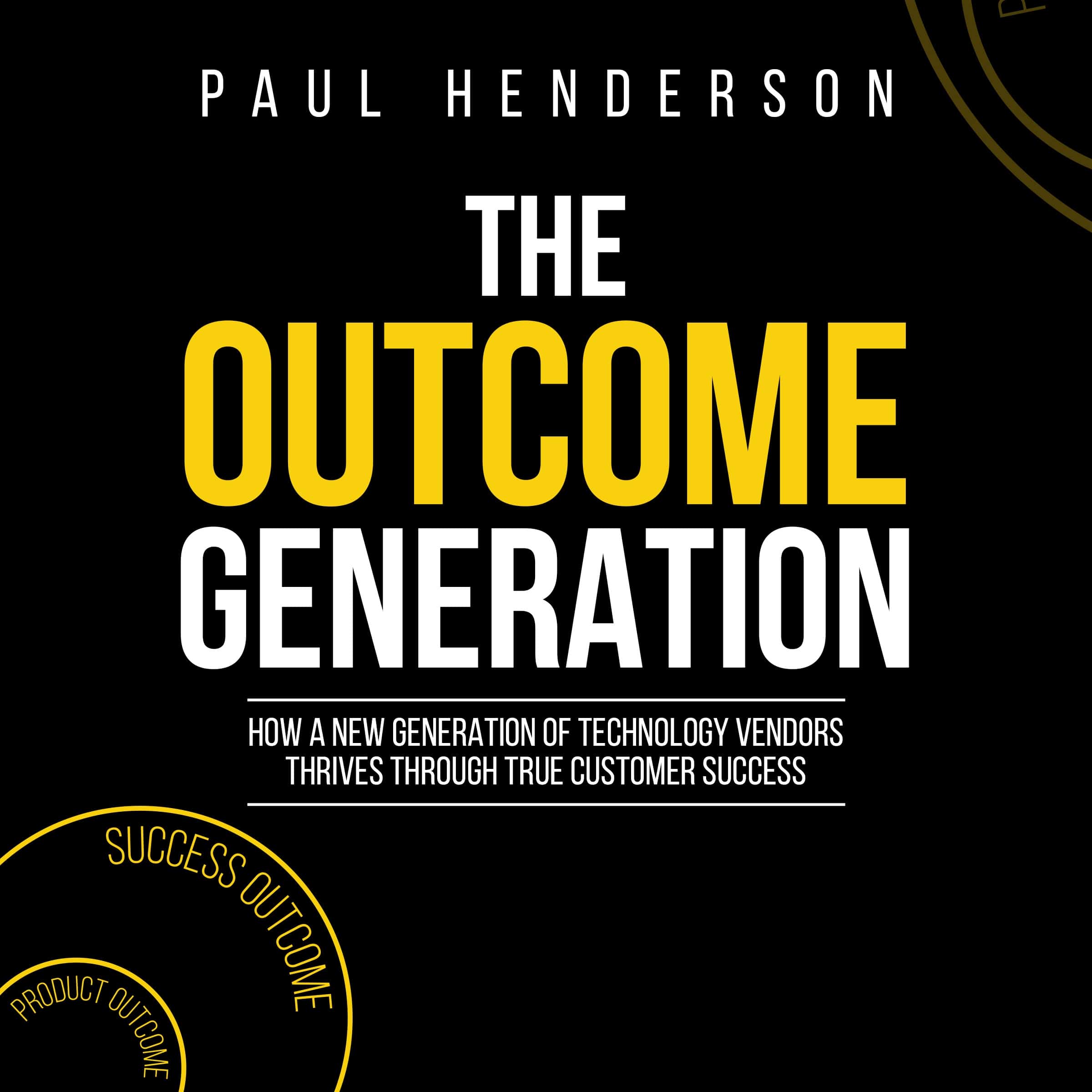How to Disrupt Like Apple
How do you explain Apple’s wild success with the iPhone? Is there a lesson we can all apply?

Outcome Thinking
To create disruption, we’re going to apply some outcome thinking.
Whenever a customer buys a product or service, there’s an outcome they want to achieve. If they buy a hamburger, they want to be full. If they buy a movie ticket, they want to be entertained. If they buy a sports car, they (probably) want to be noticed.

If the customer achieves their outcome, they feel they’ve had success.
The Task of Any Business
The task of any business is to serve customers. How do you serve your customers? Be crystal clear about what your customers consider success to be and do everything you can to enable that success.
What Happened Before Apple?
To better understand how Apple disrupted the phone market, let’s track some history leading up to their success. We’ll use outcome thinking to explain each step.
Let’s consider the broad category of personal productivity tools.
Daily Planners

A long time ago, business people used paper-based daily planners. These were often leather folders. They contained pages for contacts, calendars, to-do lists and information such as public holidays, capital cities, time zones and more. The companies which made daily planners also provided training courses in personal productivity and time management. They’d seen how disorganised many business-people were. Business people often had separate diaries, contacts books, notepads and lots of loose paper with other information. The daily planner brought it together in one place.
The daily planner companies created an outcome for their customers – ‘business information managed’.
But, if someone lost their daily planner, they lost everything. It was a nightmare. And the folders were large and cumbersome.
Palm

Blackberry

And then along came Blackberry.
The Blackberry could do everything its predecessors could but added something big. BlackBerry added push email on a mobile device. This changed the outcome for mobile devices. Now we didn’t just have ‘business information convenient and backed up’, we were ‘business connected’. By adding something big to the outcome, they disrupted Palm. And RIM (the owners of Blackberry) took off. Their success lasted for years.
Apple

Then the iPhone came along. Once again, they made a big addition to the outcome. iPhone offered what its predecessors offered, then added personal apps, social media, music and movies. The outcome moved from ‘business connected’ to ‘personal and business connected’. iPhone sales went crazy.
Add-on Outcomes
These are all examples of add-on outcomes. A company took an existing outcome, added something big and created a new outcome. And in so doing, disrupted all other competitors.
The Lesson
We face tough competitors. And we wonder how we can defeat them.
Or we wonder how to find the growth we want.
We can learn from how Palm, then Blackberry, then Apple disrupted an established market. And achieved huge success.
Be clear about the outcome the customers currently enjoy. And find a way to add something big to that outcome.
If you can find that big add-on outcome, then you might also disrupt like Apple.
This article is based on the book; The Outcome Generation: How a New Generation of Technology Vendors Thrives through True Customer Success
Paul Henderson is an author, speaker and consultant on outcome-based customer success for technology vendors. His last role was leading the Asia Pacific region of an enterprise software company. He saw the potential that could come from delivering real and measurable business success for customers. So, he initiated a customer success program based on customer outcomes. He and his colleagues developed, modified and proved the model over more than five years. He thespent one a half years researching and writing, culminating in the release of The Outcome Generation.
+61 1300-859791
pjh@outcomeleaders.com
facebook.com/outcomeleaders
linkedin.com/outcomeleaders
youtube.com/outcomeleaders
Receive the latest on Outcome-based Customer Success |
Send us a Message
Error: Contact form not found.



